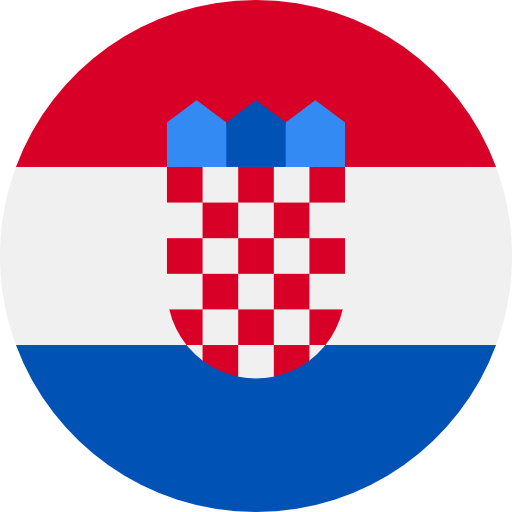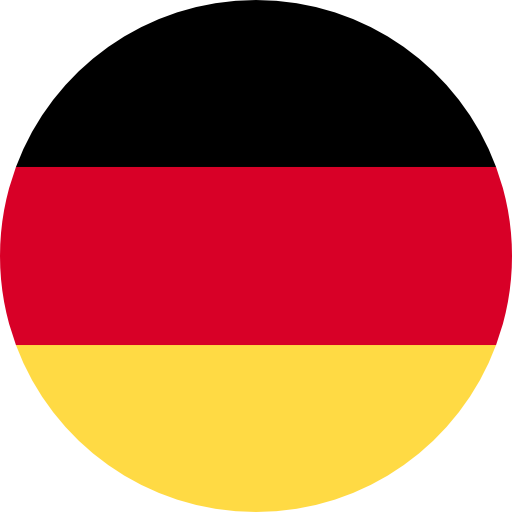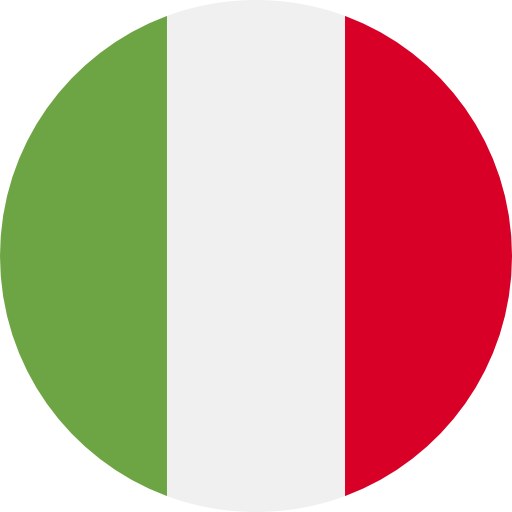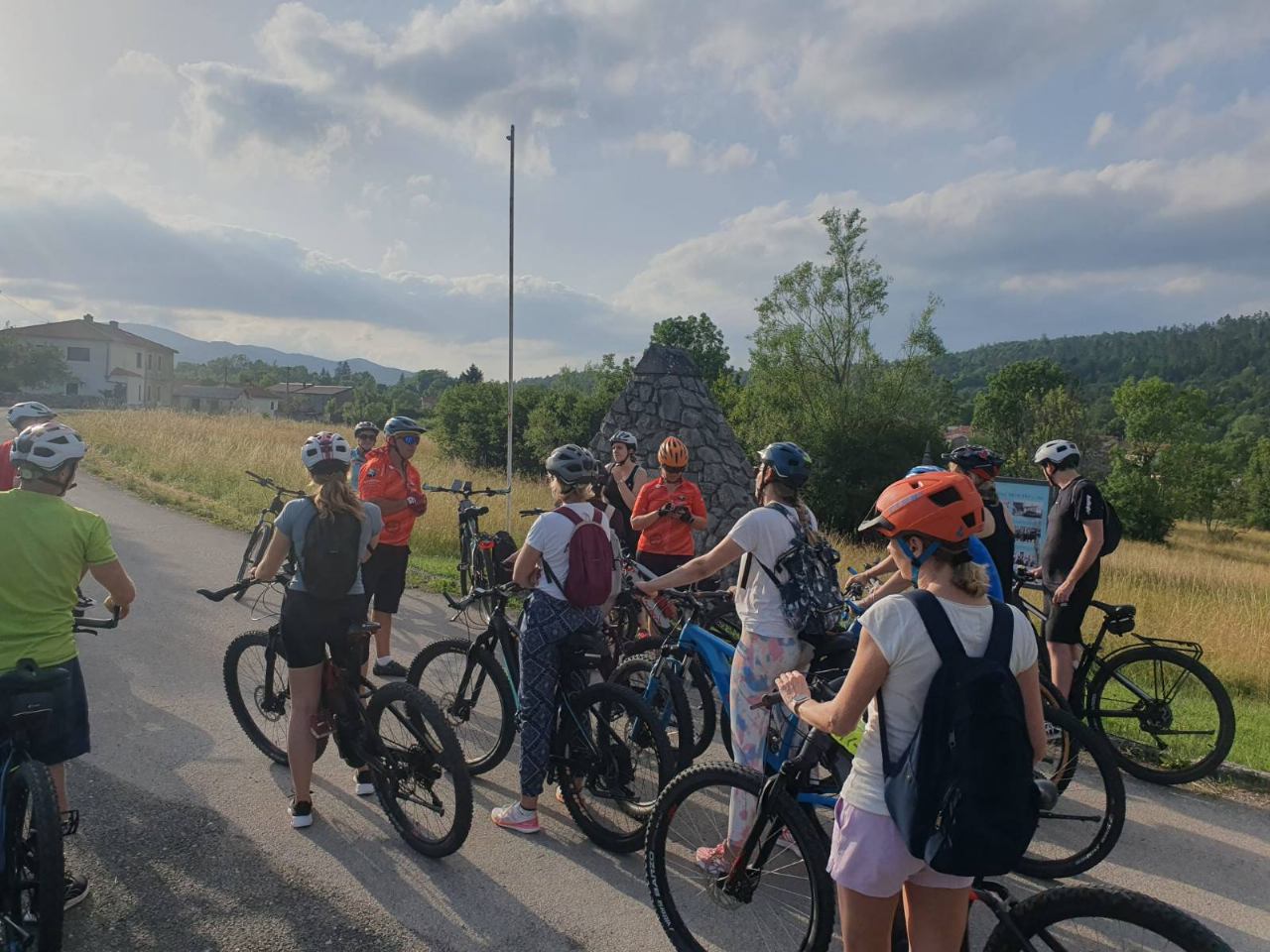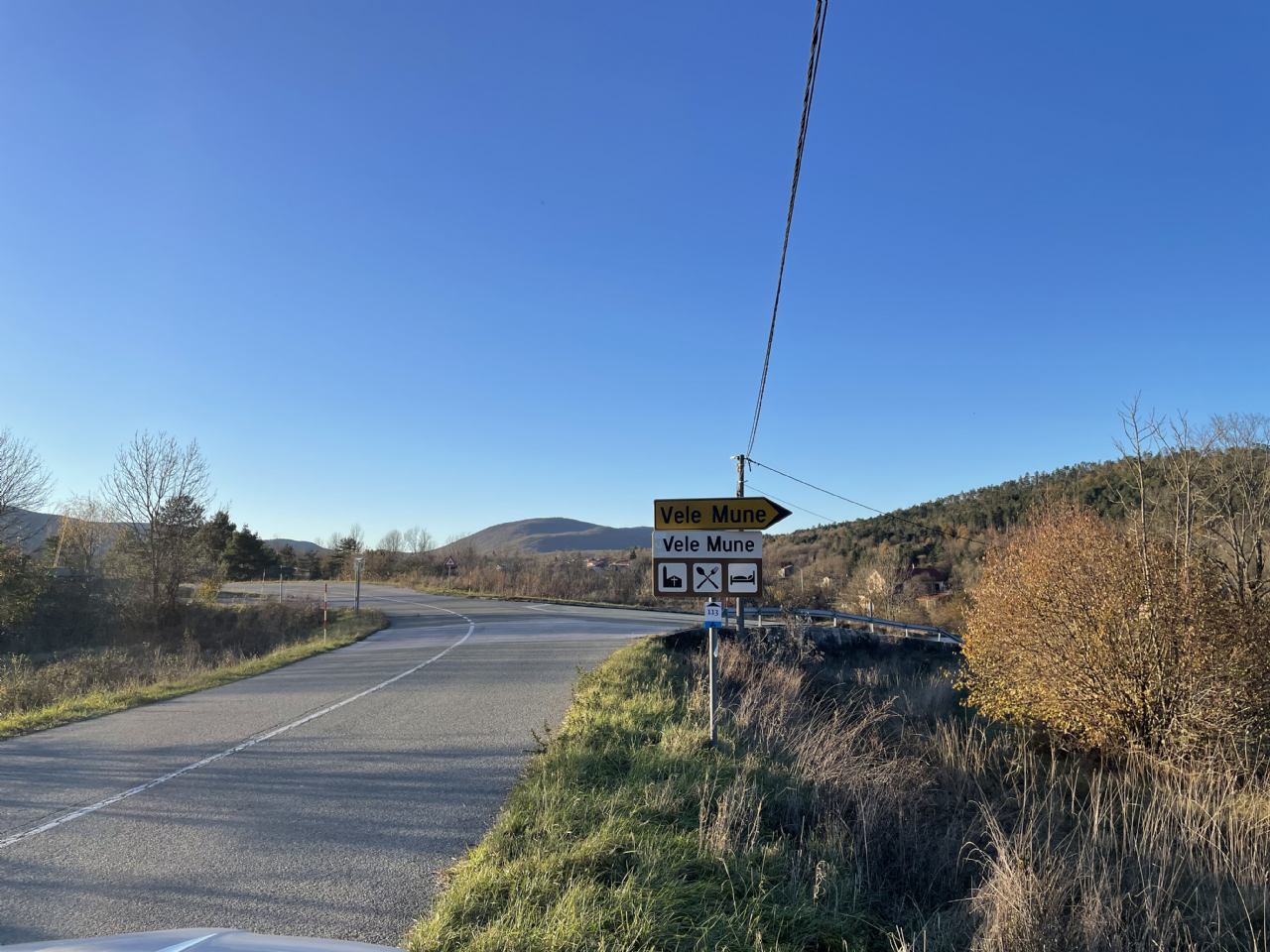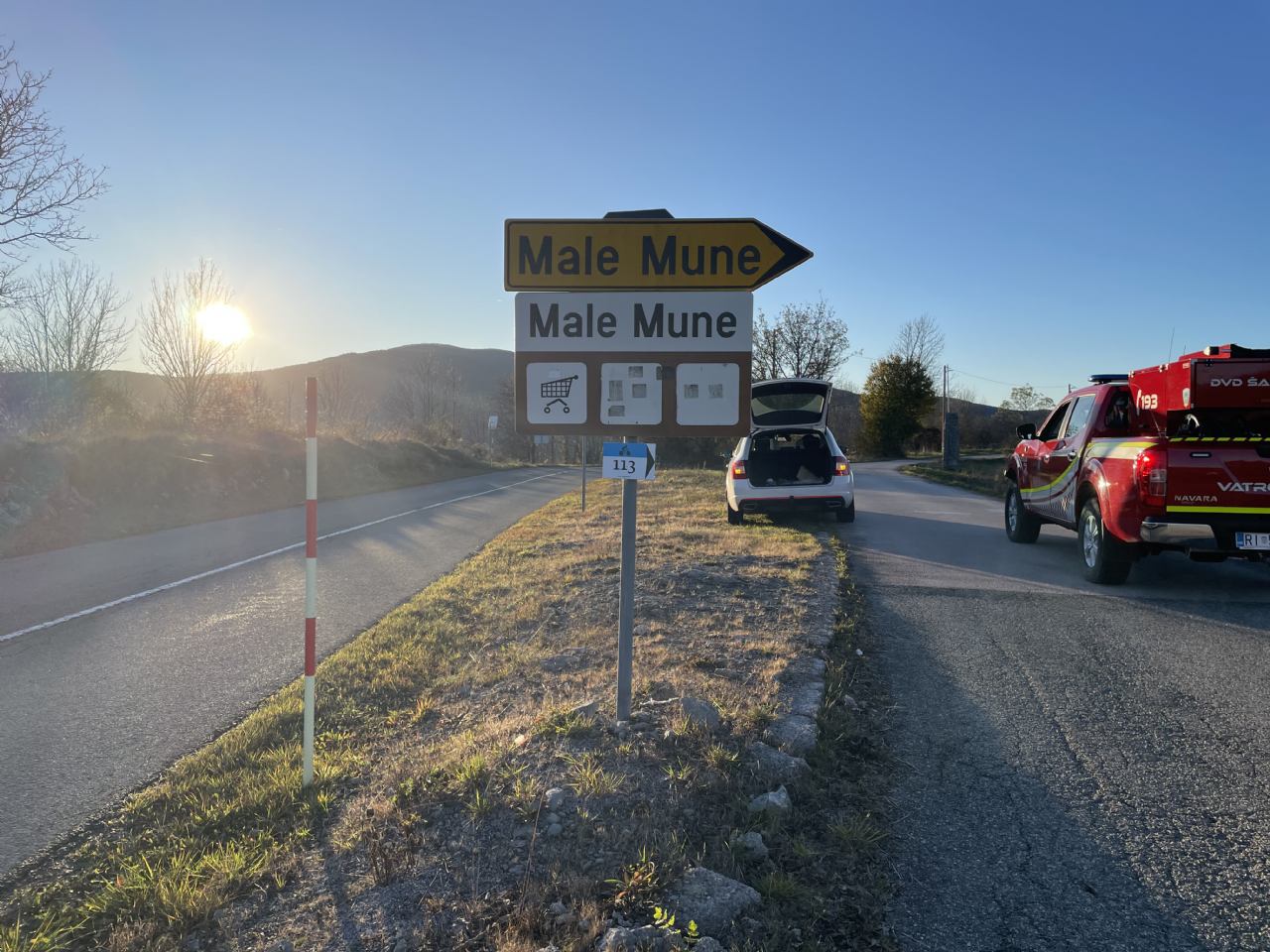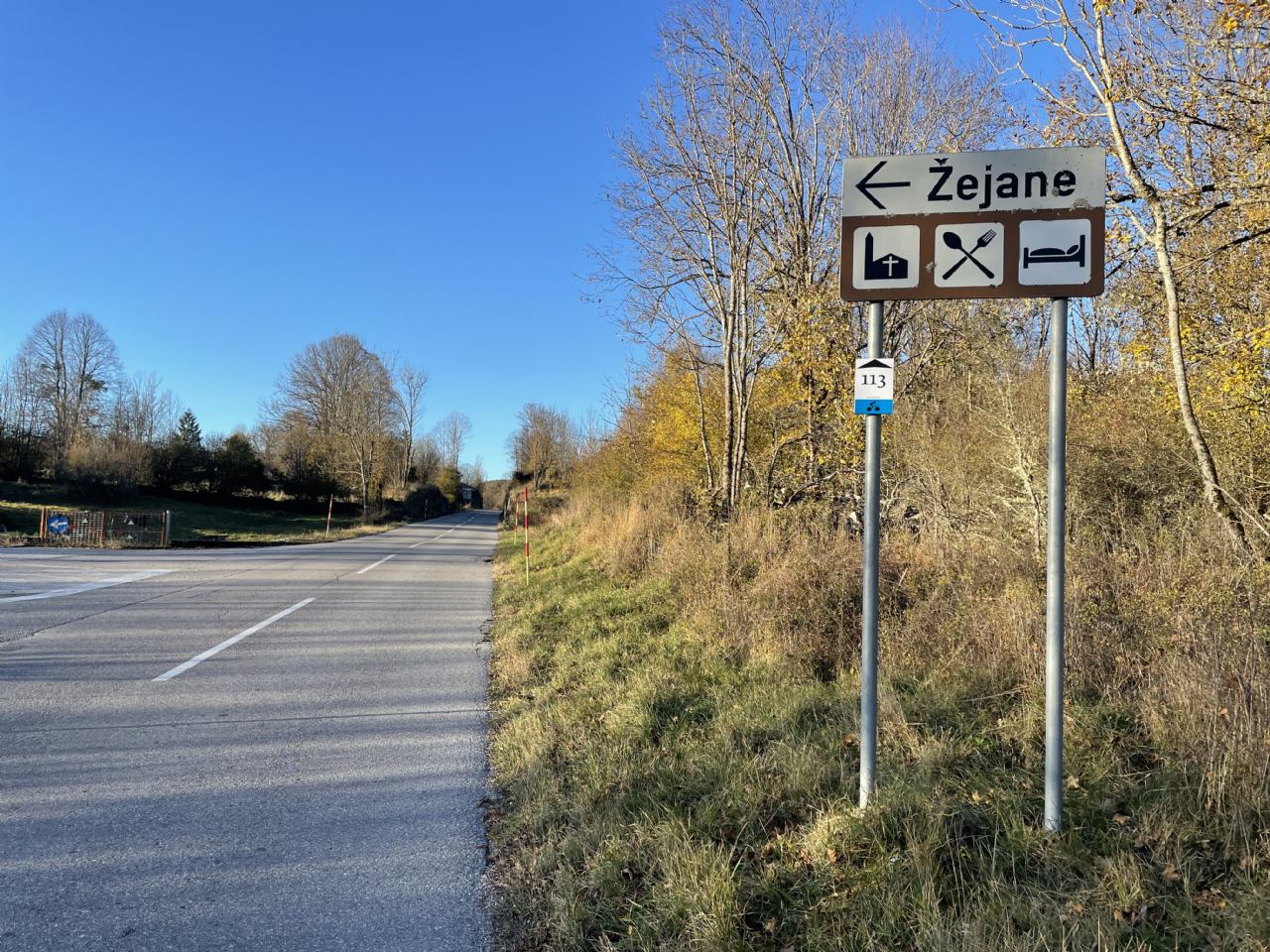113 Mune and Žejane
During the Braunschweig German military operation in World War Two, 119 houses and 100 outbuildings were burnt down in Vele Mune and 99 houses and 85 outbuildings in Male Mune and Žejane.
Žejȃne (Istro-Romanian: Žejân, Italian: Seiane) is a village in the Ćićarija mountain range 18 km northwest of Matulji. The inhabitants of Žejane have preserved remnants of their indigenous Istro-Romanian (Žejånska limba) speech to this day.
In 1754, the people of Žejane and Mune received the imperial privilege of selling wine vinegar (jesih) and coal in Austrian lands, so they spent part of the year selling vinegar in Carniola, Styria and neighbouring areas.
The trail that runs from Jušići along the main road towards Mune and Žejane provides refreshment from the hustle and bustle of the city, and the chance to recharge one’s batteries in a forest full of mushrooms. The history of Mune and Žejane has not been forgotten, as their houses are being renovated and today offer accommodation to tourists.
DID YOU KNOW?
The Žejane and Mune zvončari bell ringers, as well as other bell ringers’ groups from the Kastav area, are included in the UNESCO Representative List of Intangible Cultural Heritage of Humanity and have the status of protected intangible cultural property of the Republic of Croatia.
The pageant starts at midnight on Epiphany (6 January) when they ring their bells three times around Žejane (without their characteristic masks). On the same day, they hang the Pust – a puppet representing a scapegoat responsible for everything bad in the previous year – that will be burned on Ash Wednesday. The bell ringers in Mune start the same ritual one day later, on 7 January.


